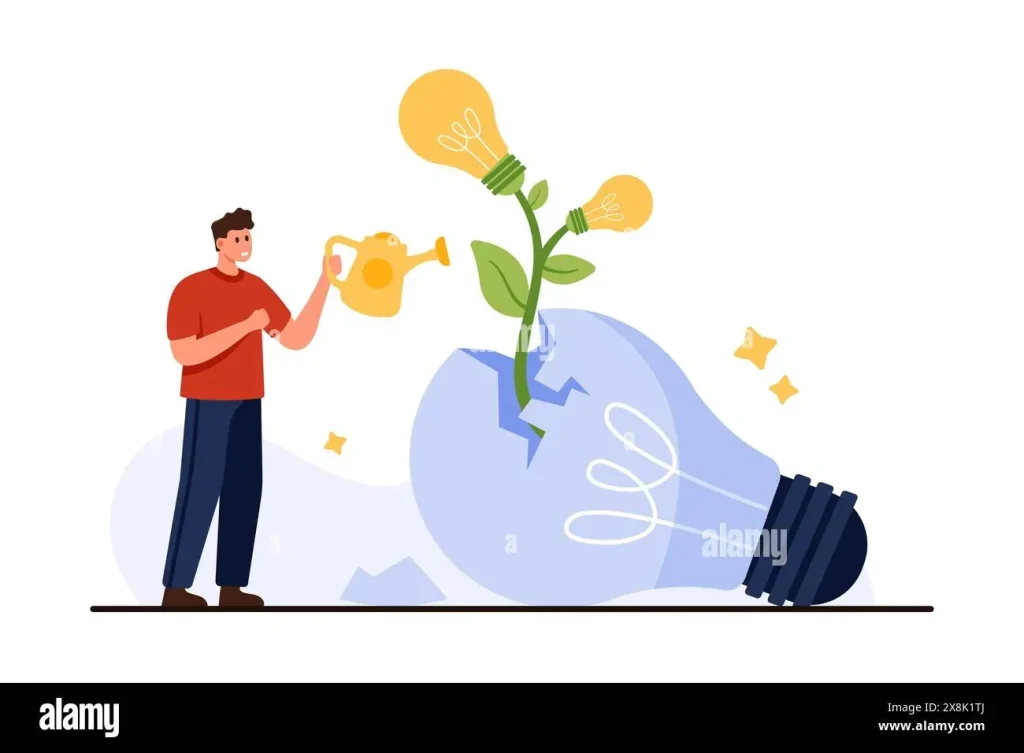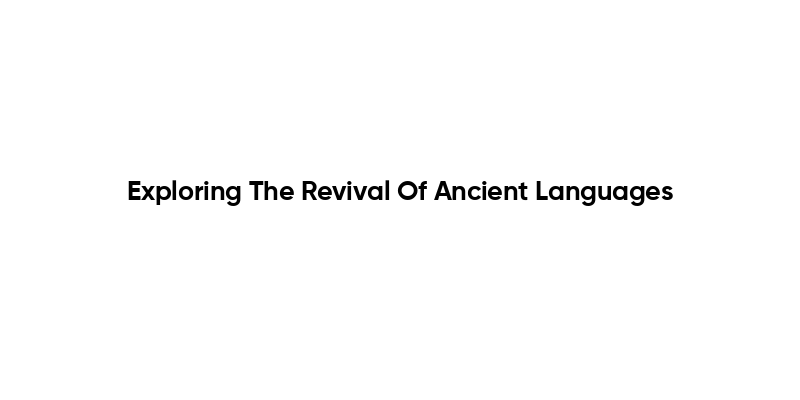Learning from broken things can be one of the most profound experiences we encounter in life. Whether it’s the physical damage of a cherished object or the emotional scars we carry, these broken pieces can reveal important truths about ourselves and our values. Through the lens of the wabi-sabi philosophy, we come to appreciate the beauty in brokenness and learn the vital lesson of accepting imperfections. Every scratch, dent, and flaw tells a story, inviting us to embrace self-acceptance through brokenness and recognize the resilience in our fragility. By examining lessons from broken objects, we discover not just the art of repair, but also a deeper understanding of life’s transient nature and the grace that can come from it.
The exploration of valuing imperfections extends beyond mere objects; it encompasses the broader concept of recognizing the lessons embedded in our personal experiences. Embracing the concept of brokenness can lead to deeper insights into our struggles and triumphs. This mindset encourages us to identify beauty in less-than-perfect circumstances and foster resilience through adversity. As we engage with the idea of finding significance in fragmented lives, we cultivate an awareness of self-acceptance amid our flaws. By allowing ourselves to learn from broken things, we invite meaningful reflection and growth into our journey.
Understanding the Wabi-Sabi Philosophy of Acceptance
The wabi-sabi philosophy offers a profound way to embrace imperfections in our lives. Originating from Japan, this philosophy emphasizes the beauty that exists in the imperfect, impermanent, and incomplete. In a world obsessed with perfection, wabi-sabi invites us to see brokenness as a part of the life cycle, encouraging self-acceptance and appreciation for the journey of life rather than a fixation on flawless outcomes. Through the lens of wabi-sabi, a broken object like a chipped teacup can become a symbol of resilience and character, reminding us that every scar tells a story.
Incorporating wabi-sabi into our lives requires a shift in perspective. Rather than striving to hide the marks of aging or failure, we can learn to celebrate them. This philosophy encourages us to see beauty in wear and tear, not only in objects but in ourselves. Self-acceptance through brokenness allows us to acknowledge our flaws, experiences, and the inevitable changes that come with life. By embracing the wabi-sabi mindset, we can transform how we interact with our environment and ourselves, discovering joy and meaning even in what seems broken.
Lessons from Broken Objects: The Beauty in Imperfection
Broken objects can serve as powerful metaphors for our own experiences with failure and resilience. When we encounter a shattered vase or a dented car, we are often stirred to reflect on what those symbols can teach us about the nature of existence. The idea that beauty can be found in brokenness resonates deeply with the human experience, as it highlights the universality of struggle and the potential for growth in adversity. Each crack and scar represents a lesson learned, a moment of adaptation, and an opportunity for self-discovery.
Through the lens of beauty in brokenness, we can appreciate the unique narratives that are created from damaged items. For instance, a once-perfect chair that is now frayed and scratched may evoke memories of family gatherings, laughter, and time spent together. In recognizing the value of these imperfections, we are inspired to find courage in our own broken moments. The awareness that every flawed aspect of our lives can hold beauty allows us to embrace the lessons that come with embracing imperfection.
The Transformative Power of Brokenness
Experiencing brokenness in our lives can lead to transformative growth. When we confront the reality of our own brokenness, whether through personal relationships or physical possessions, we are prompted to confront deeper truths about our identity and resilience. This confrontation invites introspection and can ultimately lead to a greater understanding of ourselves and our place in the world. In this sense, the act of acknowledging brokenness can catalyze self-reflection, acceptance, and the motivation to change.
Moreover, the act of repairing broken things can serve as a metaphor for personal growth. Just as a broken camera can reveal unexpected beauty when we learn to adapt our methods of using it, we too can discover new ways to navigate the complexities of our lives. By embracing our imperfections and the brokenness we encounter, we cultivate a deeper appreciation for resilience and the strength that arises from confronting challenges. This transformative power highlights the incredible journey we embark upon as we learn from our experiences of brokenness.
Finding Self-Acceptance Through Broken Things
A relationship exists between our acceptance of broken things and our journey toward self-acceptance. The idea that we can find beauty and meaning in things that are flawed mirrors our own struggles with self-image and self-worth. Oftentimes, we hold ourselves to unrealistically high standards, failing to recognize our own imperfections as a natural part of life. When we learn from broken objects, we can see parallels in our lives, realizing that our flaws contribute to who we are and that they too can be appreciated.
In essence, brokenness teaches us acceptance—not only of inanimate objects but also of ourselves. By embracing our imperfections, we allow ourselves to grow and adapt in ways that align with our authentic selves. The journey toward self-acceptance through brokenness empowers us to cultivate compassion for ourselves and others, acknowledging that everyone carries their own scars. In this shared understanding, we can foster deeper connections and enhance our emotional resilience.
The Role of Brokenness in Personal Growth and Discovery
Personal growth often arises from experiences of brokenness, whether through relationships, aspirations, or material possessions. The discomfort of encountering something broken can serve as a catalyst for deeper exploration into the reasons behind that brokenness. When we take time to analyze what has led to these fractures in our lives, we can uncover valuable insights that encourage personal evolution. It’s through confronting our challenges and the imperfections in our lives that we gain the strength to change and improve ourselves.
Through this process of discovery, brokenness can offer vital lessons about resilience, adaptability, and acceptance. By analyzing what lies beneath the surface of our brokenness—be it a damaged item or a failed attempt—we become more adept at navigating future obstacles. Ultimately, embracing the lessons of our broken experiences promotes an attitude of growth, encouraging us to view challenges as opportunities for development rather than setbacks.
Reflections on Society’s Acceptance of Brokenness
Societal norms often condition us to view brokenness as a flaw or failure, yet this viewpoint neglects the beauty that can emerge from imperfection. Acknowledging that much of society is built on a foundation of broken experiences, we can begin to challenge the stigma associated with personal and communal flaws. By reframing our understanding of what it means to be broken, we can observe the potential for growth in all aspects of life, from art and literature to human relationships and social structures.
As we come to terms with the realities of brokenness around us, we can learn valuable lessons about empathy and compassion. This awareness encourages us to embrace imperfection in not only ourselves but also in our communities. Fostering discussions around brokenness helps create environments where imperfections are accepted and valued, ultimately leading to a more inclusive society that champions resilience and mutual support.
The Contrast Between Functional and Brokenness Awareness
As demonstrated by Martin Heidegger’s philosophy, functional objects often fade into the background of our consciousness, while brokenness brings them front and center, demanding our attention. When an object we routinely rely on suddenly fails, it compels us to reflect on its purpose and our relationships with materials we take for granted. This distinction between the ‘ready-to-hand’ and ‘present-at-hand’ allows us to explore the deeper significance of our experiences with brokenness, enabling us to evaluate their context in our lives more critically.
This shift in perspective can extend beyond material objects to include the systems and social norms that guide our daily lives. When aspects of society break down, they prompt scrutiny and analysis that often leads to valuable discussions surrounding the need for change and improvement. This heightened awareness may result in collective action aimed at repairing what is broken, enhancing our societal structures while also inviting self-examination.
Discovering Joy in Brokenness: The Unexpected Gift
Often, the joy we discover in brokenness comes when we least expect it. For instance, a cherished heirloom may become damaged, yet it could evoke beautiful memories and foster a sense of nostalgia that brings comfort. In a world that often prioritizes perfection, finding compassion and meaning in our broken items allows us to connect emotionally with our pasts and the experiences that shaped us. Thus, brokenness transforms into a fortunate reminder of the richness inherent in the imperfections of life.
This newfound joy serves as a reminder that some broken things, like experiences or relationships, can lead to unexpected growth and renewal. Embracing brokenness doesn’t imply surrender or defeat; instead, it is an invitation to celebrate the journey of learning from these experiences. Ultimately, recognizing and appreciating the beauty found in broken things can profoundly impact our overall well-being, nurturing a sense of gratitude and resilience.
Embracing the Journey: Lessons from Broken Experiences
The journey through brokenness reveals lessons that are integral to the human experience. By embracing our flawed nature and the imperfections that life presents, we open ourselves up to a broader understanding of personal growth. Each broken experience—whether it’s the diminishment of a treasured object or the unraveling of a significant relationship—holds potential lessons about resilience, self-awareness, and adaptability. These experiences invite us to confront our vulnerabilities, encouraging deeper connections with ourselves and others.
As we recognize our own brokenness, we can learn to view life through a lens of compassion and empathy. Understanding that others, too, face struggles and imperfections allows us to establish profound connections rooted in shared experiences. Embracing the journey through brokenness ultimately fosters a sense of belonging while promoting a growth mindset that sees challenges as opportunities rather than setbacks, enriching our lives with deeper meaning.
Frequently Asked Questions
How can learning from broken things help us embrace the wabi-sabi philosophy?
Learning from broken things aligns perfectly with the wabi-sabi philosophy, which values imperfection and transience. By acknowledging and accepting the beauty in brokenness, we can cultivate a deeper appreciation for the flaws and wear of our possessions and experiences, realizing that they tell unique stories of resilience and authenticity.
What lessons can we derive from the beauty in brokenness?
The beauty in brokenness teaches us important lessons about resilience and acceptance. Broken objects symbolize flaws and imperfections that mirror our own human experiences. They encourage us to embrace our vulnerabilities and find strength in our imperfections, leading to deeper self-acceptance.
How does self-acceptance through brokenness relate to our daily lives?
Self-acceptance through brokenness invites us to recognize that our flaws and mistakes are integral to our identity. Just as broken objects can still serve a purpose, we too can find value in our imperfections, shaping our perspectives and interactions in day-to-day life and promoting emotional growth.
Why should we celebrate lessons from broken objects?
Celebrating lessons from broken objects fosters a mindset that values growth through adversity. Each broken item can remind us of our adaptability and capacity for change, offering insights into how we can repair both our material possessions and our emotional well-being.
How can adopting a wabi-sabi mindset enhance our perspective on failure?
Adopting a wabi-sabi mindset allows us to view failure as an opportunity for growth. Acceptance of imperfections and the transient nature of success can encourage us to approach challenges with patience and creativity, ultimately transforming how we learn from broken experiences.
Can the concept of beauty in brokenness apply to our relationships?
Absolutely! The concept of beauty in brokenness applies to our relationships as it helps us appreciate the imperfections and trials we face with others. Recognizing that every relationship has its flaws cultivates empathy and strengthens bonds as we learn and grow together.
What is the significance of kintsugi in learning from broken things?
Kintsugi, the Japanese art of repairing broken pottery with gold, embodies the concept of learning from broken things. It teaches us that repairs and scars are not something to hide, but rather celebrate, as they highlight our resilience and the stories behind our experiences.
How does the idea of brokenness encourage introspection?
The idea of brokenness encourages introspection by prompting us to reflect on our failures, vulnerabilities, and areas for growth. When we confront our broken aspects, we can gain insights into our behaviors and motivations, leading to profound personal development.
In what ways can broken things inspire creativity?
Broken things can inspire creativity by challenging us to think outside the box for solutions. They encourage us to see potential where others see waste and inspire innovative approaches in art, problem-solving, and even life choices.
What role does imperfection play in our pursuit of happiness?
Imperfection plays a crucial role in our pursuit of happiness by reminding us that flaws are natural and acceptable. Embracing our imperfections can lead to greater self-compassion and fulfillment, allowing us to focus on experiences and connections that bring joy, rather than idealized standards.
| Key Point | Explanation |
|---|---|
| Frustration and Illumination | Broken things can cause frustration but also reveal insights about ourselves. |
| Acceptance of Brokenness | Understanding that things break is part of life; accepting it can lead to personal growth. |
| Wabi-Sabi Philosophy | The beauty in brokenness, which embraces imperfection and the stories they tell. |
| Learning Opportunities | Broken things can lead to deeper insights about society and ourselves, as seen in literature. |
| Self-Reflection | Recognizing our own flaws can help us improve and show compassion towards others. |
| Inspiration from Challenges | Living with brokenness can empower us and encourage innovation. |
Summary
Learning from broken things can offer transformative insights into our lives. By embracing the imperfections around us, we gain opportunities for reflection, growth, and deeper understanding. The acknowledgment of brokenness not only challenges us to adapt but also enhances our relationships with ourselves and the world. Each broken object tells a story, reminding us of our own vulnerabilities and the beauty that can emerge from accepting them. In a society that often emphasizes perfection, learning from broken things invites us to celebrate the contrasts and complexities of life.



